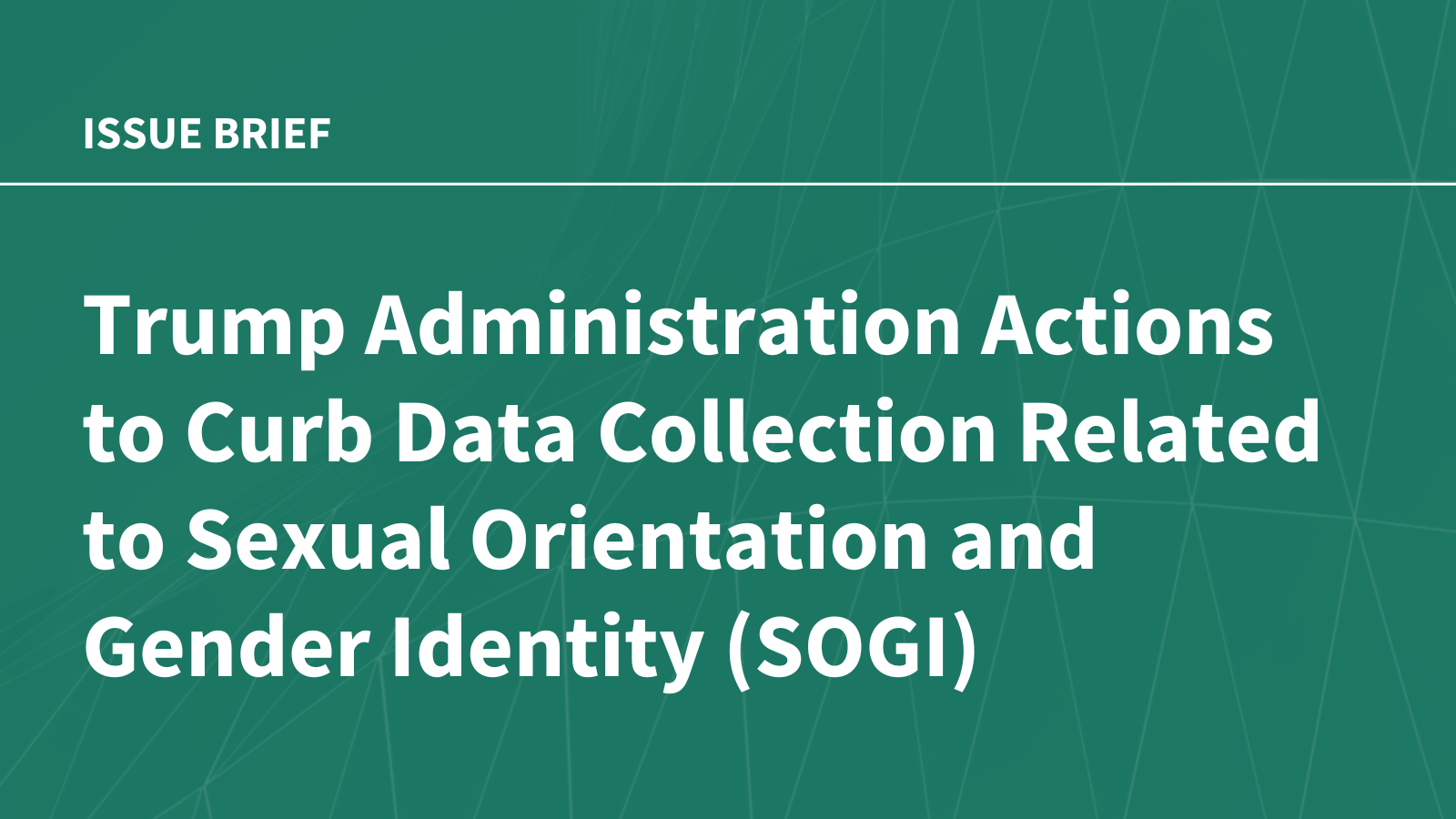Average physician pay rose 3.6% between 2023 and 2024, from $363,000 to $376,000—about in line with recent years but well behind increases from before the pandemic.
That’s according to Medscape’s latest physician compensation report, which also highlighted particularly narrow increases in year-over-year compensation for primary care docs (1.4%, from $277,000 to $281,000) and specialists (1%, from $394,000 to $398,000).
The annual survey also counted more specialties reporting pay drops than pay increases, as well as a shrinking percentage of doctors who feel fairly compensated and a widening of pay gaps across gender and racial and ethnic lines.
The findings come amid rising expenses and reimbursement pressures for hospitals and other employers, including no support from Congress on Medicare pay cuts for physicians. The report also underscored unpredictability regarding the new regulatory, policy and economic landscape under a new administration.
“It is the uncertainty of income that has become a problem,” said one anonymous physician respondent quoted in the report. “A doc needs to be paid more TODAY because there may or may not be any income TOMORROW.”
Medscape’s annual voluntary survey was fielded from early October to mid-January and included 7,322 responding physicians. The total compensation numbers used in the analysis reflect base salary and incentive bonuses, plus other income like profit-sharing contributions, as reported by full-time physicians.
Forty-three percent of the survey’s respondents said their total compensation remained unchanged from 2023 to 2024. Nearly 4 in 10 said they had an increase, with 28% saying their pay increased by 10% or less.
Within specific specialties, pathologists and diabetes and endocrinology specialists led their peers, with average pay bumps of 8% each. Following those were infectious disease specialists (a 6% gain), anesthesiologists (6%) and nephrologists (5%).
On the other end of the spectrum, dermatologists outlined an average 11% cut to their compensation. Neurologists and urologists reported an average 6% decrease, while plastic surgeons, cardiologists and ophthalmologists each outlined 4% average compensation declines.
Of note, the report outlined 15 specialties with year-to-year declines in average compensation, compared to 14 specialties with increases, with Medscape writing it hadn’t found “such a low share of specialties reporting compensation increases in several years.”
The survey also highlighted medical specialties that now claim average compensation rates of over half a million: orthopedics and orthopedic surgery ($543,000), radiology ($520,000), plastic surgery ($516,000) and cardiology ($506,000).
The lowest-paid medical specialties in 2024 were public health and preventive medicine ($257,000), pediatrics ($258,000), family medicine ($276,000), diabetes and endocrinology ($277,000), infectious diseases ($277,000) and rheumatology ($277,000).
Across all physicians, average pay among men was $415,000 compared to $317,000 among women. Though that 24% difference is below the survey’s historical high of 26%, the absolute gap of $98,000 is the widest to date.
Similarly, the publication noted that average compensation grew faster for respondents who identified as Caucasian or white ($383,000 in 2024) than it did for Asian American ($371,000), Latino ($353,000) and Black ($339,000) respondents.
Often citing increased administrative tasks and dipping reimbursement, performance-based compensation models and general burnout, fewer physicians said they feel they are being compensated appropriately.
When asked about their own jobs, 47% said the pay was fair—the lowest share in the 10 years the question was asked in Medscape’s survey, and down from the high of 59% in 2021. When asked the same question in regard to the broader profession, 62% said that most physicians are underpaid.
Seventy-one percent said their compensation met or exceeded their family’s needs, with others citing medical school debt and the rising cost of goods, as well as other expenses like insurance or mortgages. In that vein, 38% of the respondents said they found time for paid work outside their full-time position, such as telemedicine shifts or locum tenens offers.
Publisher: Source link









